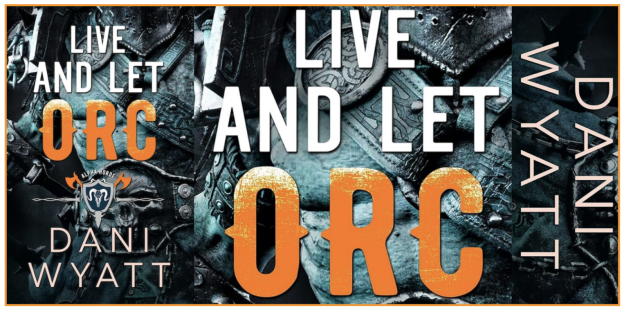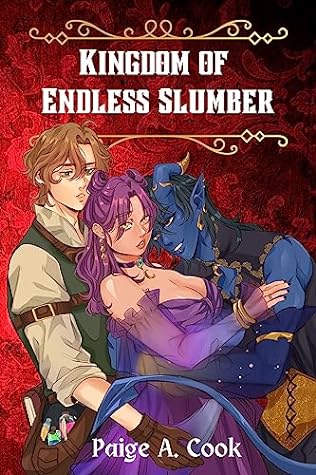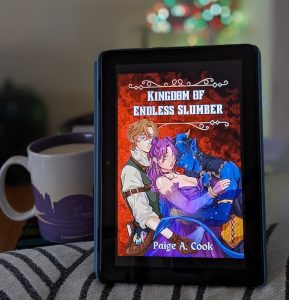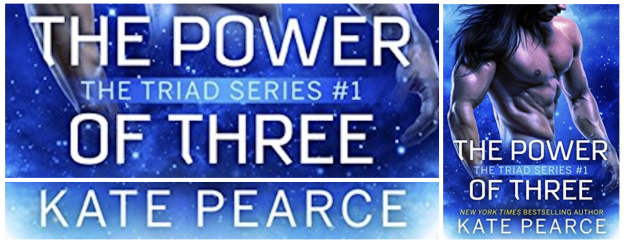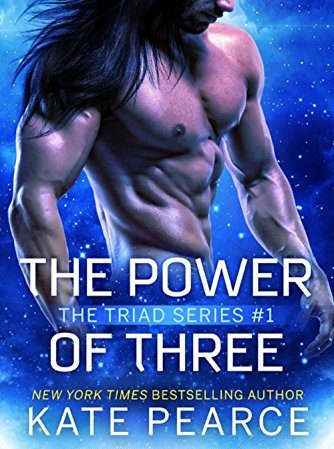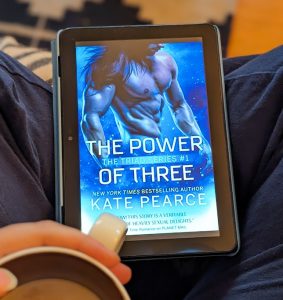I picked up a copy of Dani Wyatt‘s Live and Let Orc as an Amazon freebie, earlier this year.
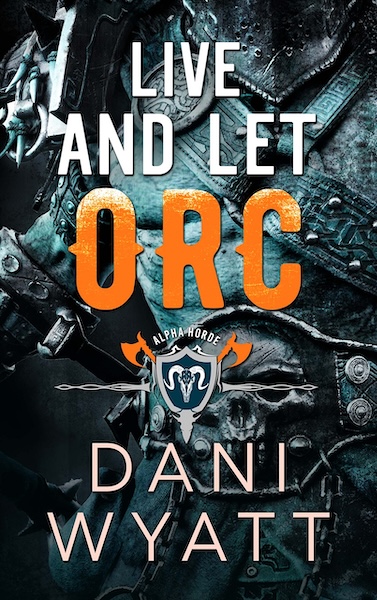
I’m loaded down with a backpack full of stolen weapons when a seven-foot wall of orc steps in front of me. He’s got three-inch tusks pressing into a curling upper lip, eight-pack abs, fists the size of cantaloupes and his heated gaze devours me.
I make it out of there alive, barely.
The next day, the same orc that blasted my panties and made me wonder what a tusk laced kiss would feel like turns up at my festival booth sending my customers running for their lives.
I’m ready to blast him with both barrels but, before I get a word out, I’m over his shoulder wondering less about those tusks and more about what’s under that leather kilt he’s wearing.
Soon, I’m falling hard for this primal monster. But, will the burning bridges between our two worlds keep us apart or will we forge our own path to our happily ever after?
![]()
This actually started out really well. I thought I’d lucked out. Then the two of them met, and the whole thing went to shit. Look, I’ll fully admit that daddy-kink is not my thing on the best of days. But something about the way it is used here gave me a special sense of ick. And everything about it just seemed to get worse the longer the book went on. They have translators that translate all the languages and he can speak perfectly well. But his syntax deteriorated when speaking to her for no apparent reason. The sex (and it’s erotica; most of the books are sex) just sounds painful. His possessiveness doesn’t come across as endearing or even bad-boy alpha but just as a huge flying red flag. And honestly, the way he behaved and talked during coitus didn’t match what little we learned of him outside the bedroom. All in all, it may be a matter of taste, but despite the moment of high hopes in the beginning, this was a flop for me.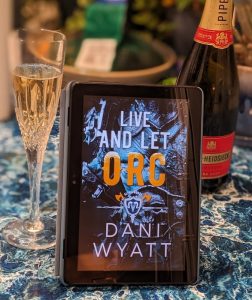
Other Reviews:
